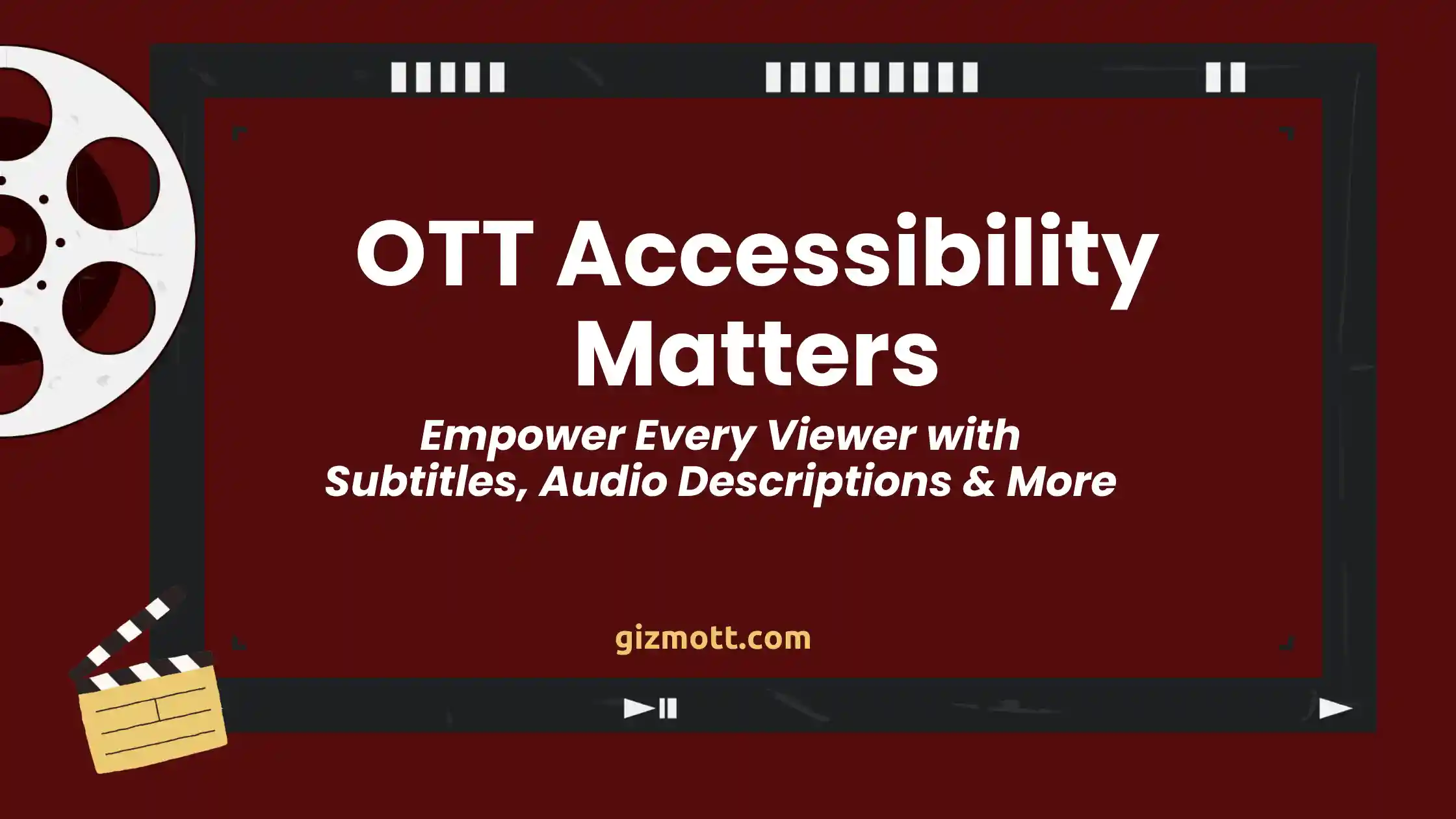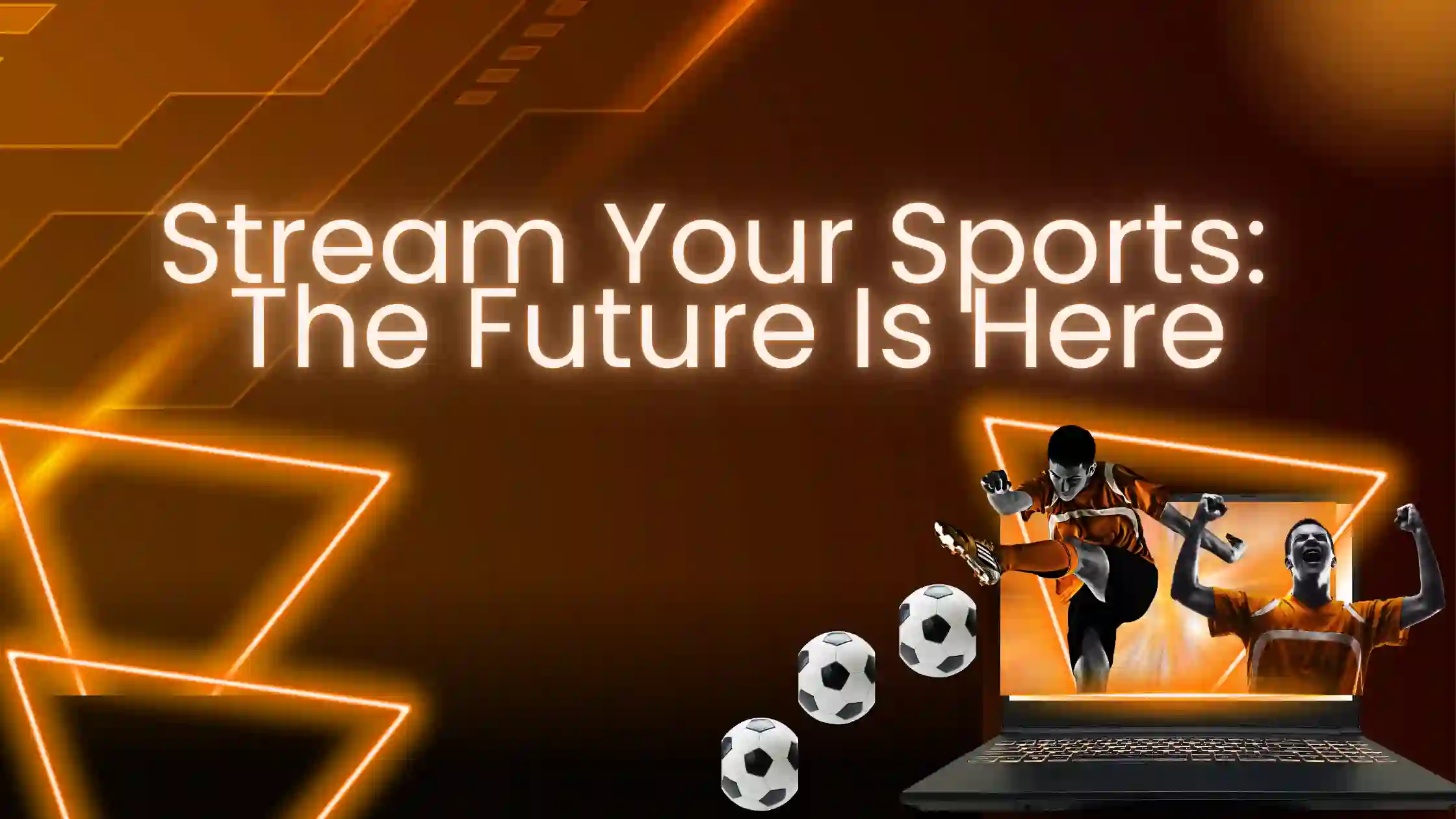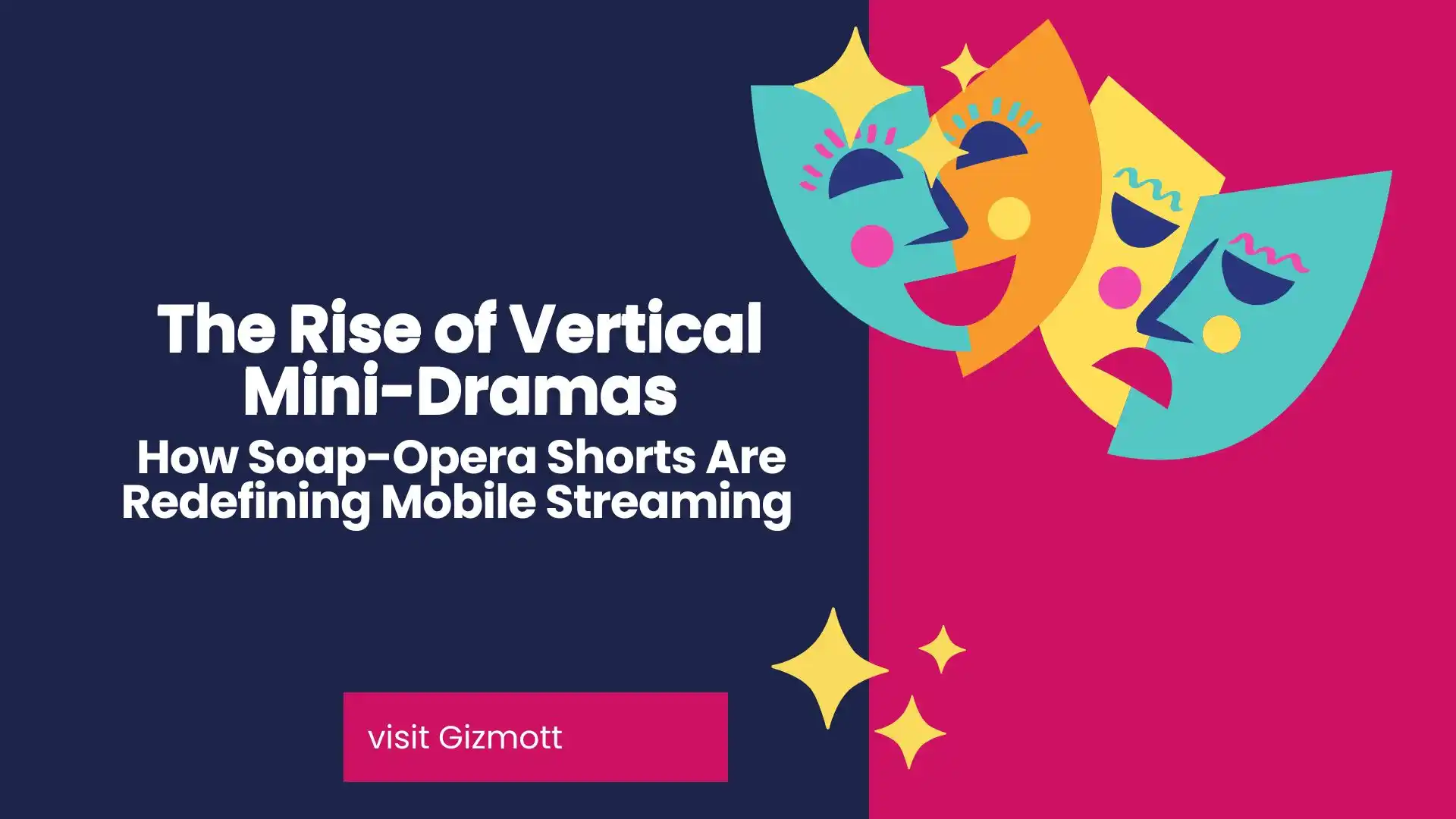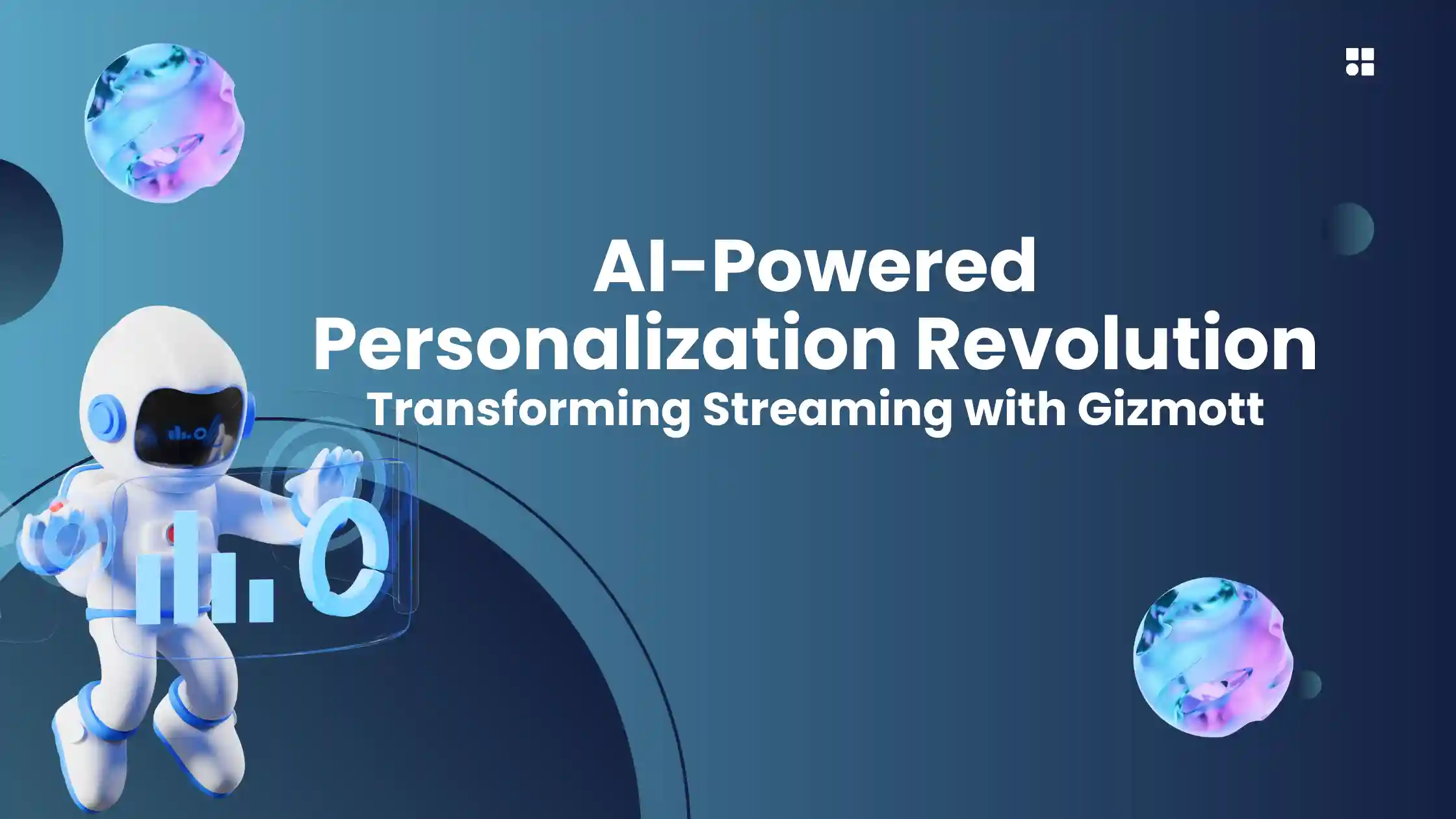In a world where content is consumed by billions every day, one fundamental question must be asked:
Is your content truly accessible to everyone?
With the rise of streaming platforms across the globe, the demand for accessible streaming and inclusive OTT experiences has reached new heights. From subtitles and closed captions to audio descriptions and WCAG compliance, accessibility in OTT is no longer an option — it’s an expectation.
Let’s explore how accessibility is shaping the future of streaming, why it’s vital for SEO and audience engagement, and how your platform can lead the way.
Why Accessibility in Streaming Matters More Than Ever
As of 2025, more than 1.3 billion people globally live with disabilities — many of whom engage with digital video content daily. Yet, a significant portion of OTT platforms lack basic disability-friendly design features.
The world is watching—and they want inclusivity.
The Key Features of Streaming Accessibility
1. Subtitles & Closed Captions: A Global Necessity
Subtitles are no longer just for the hearing impaired—they’ve become essential for anyone watching in noisy environments, non-native speakers, and even mobile viewers.
- Subtitles for streaming platforms
- Closed captions OTT
Benefits of Subtitles:
- Enhance comprehension for global audiences
- Improve retention and engagement
- Make your content searchable on Google and YouTube
Over 80% of viewers who use captions are not hearing-impaired, making subtitles a universal need.
2. Audio Descriptions: Making Visuals Audible
Audio descriptions provide narration for visual content, helping users with vision impairment understand what’s happening on screen.
- Audio description streaming
- Narrated video streaming
- Accessible video platforms
This feature allows viewers to fully experience movies, series, and documentaries—turning visuals into words. Major players like Netflix and Prime Video have already adopted this widely.
Why it matters:
- Expands your content’s reach
- Complies with ADA and WCAG 2.1 regulations
- Supports multitasking users and podcast-like content consumption
3. WCAG & ADA Compliant Navigation and Design
People with mobility limitations often rely on keyboard navigation and screen readers. Your OTT platform must offer:
- Clear focus indicators
- Logical tab navigation
- Proper ARIA labels
- Text alternatives for non-text content
Relevant keywords:
- Streaming accessibility standards
- WCAG OTT compliance
- Keyboard accessible streaming
Complying with these standards isn’t just ethical—it’s Google-friendly and legally safer.
4. Color Contrast & Cognitive-Friendly Design
Good design includes:
- High color contrast for better readability
- Clear, readable fonts with sufficient spacing
- Avoiding reliance on color cues alone
This enhances usability for people with vision impairments, dyslexia, and cognitive disabilities—making your platform universally user-friendly.
The Future of OTT Accessibility: What to Expect by 2027
By 2027, over 70% of global OTT platforms are expected to integrate accessibility features by default.
Here’s what to anticipate:
- Real-time AI-generated captions across languages
- Smart subtitle customization for neurodivergent viewers
- Auto audio description generators for content creators
- WCAG 3.0 standards implemented as core design strategy
Accessibility is not a fleeting trend—it’s becoming a standard for trust, usability, and discoverability.
How Gizmott Empowers Inclusive Streaming
At Gizmott, we believe content should be accessible to everyone.
We offer:
- Built-in subtitle and closed caption tools
- Audio description integration
- Multi-language support for subtitles and UI
Whether you’re a filmmaker, educator, influencer, or business, Gizmott helps you build an inclusive OTT platform that aligns with the latest global standards.
Ready to create your own accessible OTT platform?
👉 Explore OTT platform service provider’s features
Final Thoughts: Inclusive Streaming Is Smart Streaming
Accessibility is visibility.
By making your OTT content inclusive, you’re not just opening doors to new audiences—you’re also gaining the trust of search engines like Google. You’ll improve user satisfaction, SEO performance, and brand equity, all at once.
Don’t wait to catch up. Be a leader in streaming accessibility now.
FAQs: Your Questions Answered
Q1: What accessibility standards do I need to follow?
Aim for WCAG 2.1 AA compliance, which covers subtitles, keyboard access, color contrast, and alternative text.
Q2: Is accessibility expensive to implement?
Not with Gizmott! Our built-in accessibility suite is cost-effective and scalable, even for small creators and businesses.



